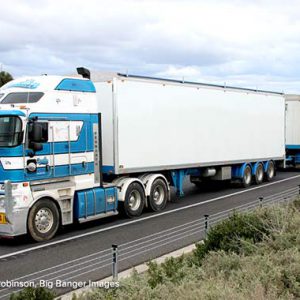
Published by:
Victor Trumper
Building on Victoria’s 30-metre A-Double Networks, VicRoads has published its first PBS Level 3A 36.5-metre A-Double Networks providing access up to 85.5-tonnes. This is a significant development for the road freight industry and High Productivity Freight Vehicle (HPFV) access in Victoria as it provides clear direction that HPFVs up to 36.5-metres can now access key… Read more »
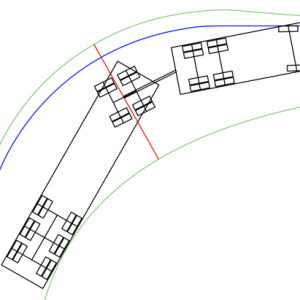
Published by:
Matthew Ainsworth
As vehicles get longer to increase the operational efficiency of Australia’s road transport industry, one of the points that an operator must consider is how much these longer vehicles will cut in during a turn. Excessive cut-in may restrict a vehicle’s ability to access certain roads. The amount of cut-in that a vehicle causes is… Read more »
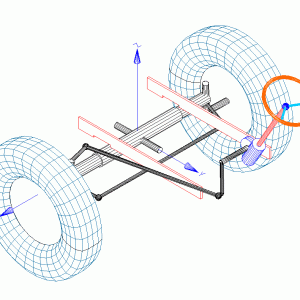
Published by:
Saizo Takeuchi
GIF ‘Tractor Bump Steer’. By Simiprof [CC BY-SA 3.0], from Wikimedia Commons Advantia has previously written about how suspension performance can affect the outcome of a PBS assessment. In short, the three main factors are roll stiffness, roll centre height and roll steer coefficient. Today we will be focusing on roll steer, sometimes referred to… Read more »

Published by:
Daniel Nolan
Q: Is there such a thing as a PBS-approved tyre? A: It is a common misconception that a tyre may be ‘PBS-approved’, and therefore be allowed to be used on any heavy vehicle combinations that are approved under the PBS Scheme. When specific tyres are listed on a PBS Design Approval, they are applicable to… Read more »

Published by:
Adam Ritzinger
High gross masses can mean potentially high bridge impacts, which naturally worries road owners and managers……but some heavy vehicles can be unfairly restricted. Pushing the boundaries of heavy vehicle productivity means more than just designing a vehicle to meet the bridge formula, and Advantia can show you smart methods of achieving real productivity gains. Bridge… Read more »
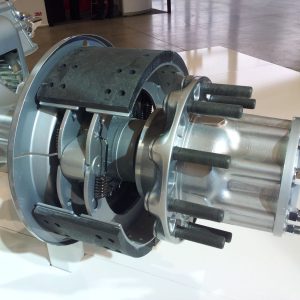
Published by:
Adam Ritzinger
Brakes are arguably the single most critical safety item on a heavy vehicle, but often too little thought is given to braking performance, and brakes can be overlooked during routine maintenance. This is becoming a concern now more than ever to heavy vehicle safety as productivity increases and higher payloads place increased demands on braking… Read more »
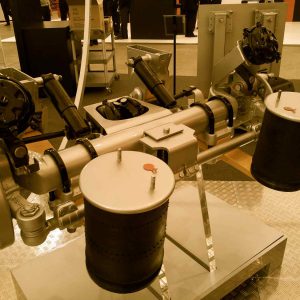
Published by:
Victor Trumper
Contrary to what you may think, roll stiffness is not necessarily the most important consideration when comparing the vehicle dynamics effects of one suspension with those of another. Roll stiffness is indeed important for some aspects of heavy vehicle stability, such as steady-state rollover threshold, because a higher roll stiffness reduces the amount of body… Read more »






